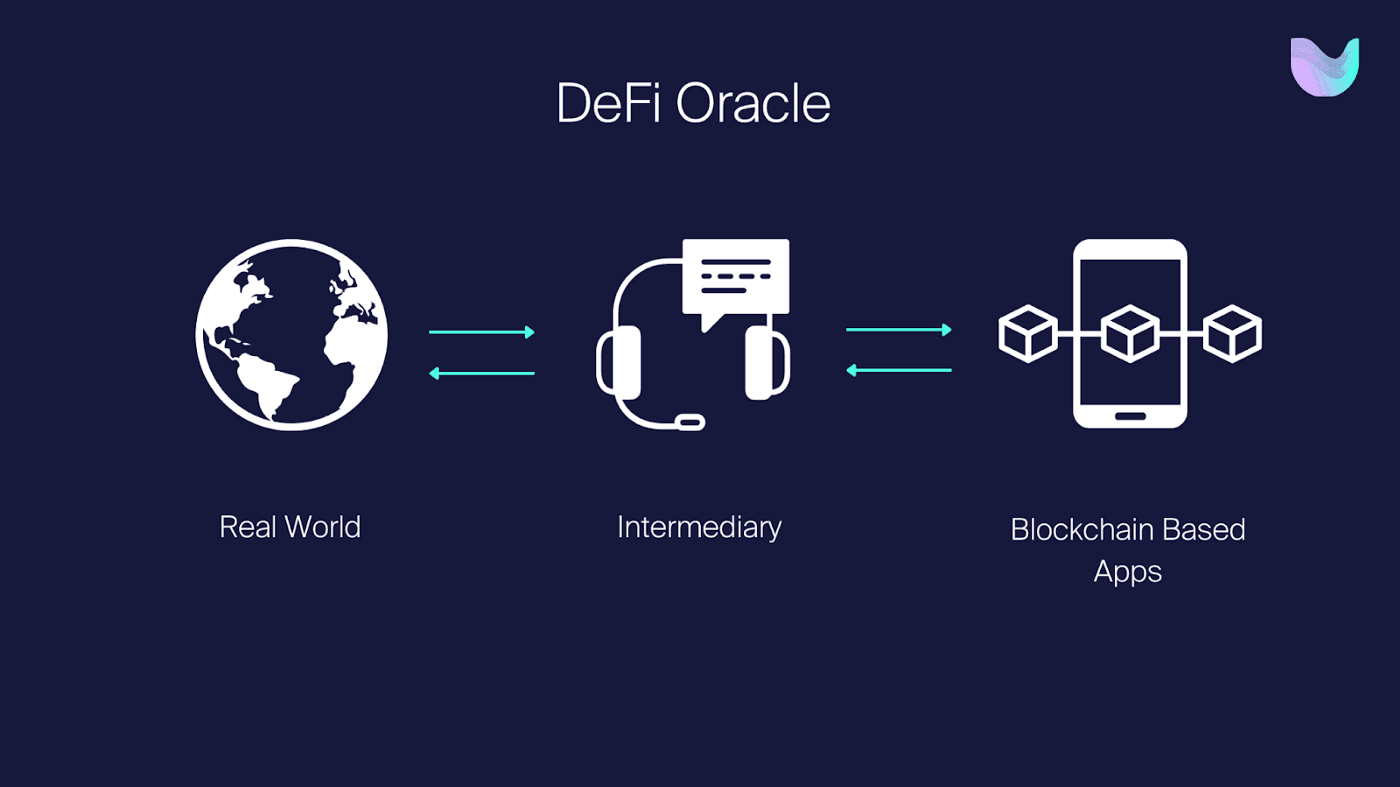10 Important DeFi Glossaries For Beginners
TLDR
Decentralized finance is arguably the most interesting development in finance in a long time. People can now use Cosmos DeFi to lend, borrow, trade, and transact through completely automated, digital “smart contracts,” eliminating the need to provide their money to bankers and investment managers.
According to DeFi Pulse, Decentralized Finance (DeFi) has $47 billion in total value locked in and is still making waves in the cryptocurrency world. Have you tried to understand the common phrases used in the DeFi ecosystem in light of the overwhelming interest in DeFi?
1. What is DEX/CEX
There are two common ways of trading crypto. In a CEX (Centralized Exchange), users can exchange crypto with fiat money like the US dollar or digital assets like BTC and ETH. This means it’s easy to purchase crypto via a CEX, but it won’t give you full control over your funds. It’s almost like a traditional bank; they can use or freeze your funds, hold deposits or withdrawals; and in the event of bankruptcy, you can even lose your funds.
Crypto users are able to trade cryptocurrencies on peer-to-peer markets known as decentralized exchanges (DEXs) without the influence of centralized authorities. Unlike CEXs, DEXs give users full control over their funds. They’re a little different in terms of usage, but since crypto obtained from a DEX is stored in a user’s personal crypto wallet, users don’t need to worry about an exchange freezing or losing their funds. Learn more about keeping your funds safe here.
2. What is Stablecoin?
While CEXs enable users to exchange fiat currencies like the US Dollar for crypto, DEXs only support trades between crypto pairs. Stablecoins were developed as a way to represent a more recognizable unit of account (dollars, euros, gold, etc). Since operations like borrowing, lending, and derivatives require a stable and dependable base value, stablecoins further improve the connection between conventional finance and the cryptocurrency markets. There are many different types of stablecoins that use different stability mechanisms.
Stablecoins are unquestionably one of the most significant inventions in the cryptocurrency space. Stablecoins are currently worth over $150 billion, according to CoinGecko.
3. What is Proof Of Stake?
When you learn more about blockchain, you’ll learn that there are two popular mechanisms to process transactions, Proof of Work (PoW) and Proof Of Stake (PoS).
In PoW networks, participants called “miners” solve mathematical puzzles to create a new block, and once this block is verified, they earn newly minted crypto to keep the network functional and secure.
In PoS networks, participants are referred to as “validators,” and they lock up crypto as collateral in order to validate transaction data. Validators are randomly selected to verify the transaction, and once the transaction is verified, they receive their block rewards or a newly minted crypto currency.
There are advantages and disadvantages of both mechanisms, which are explained here.
4. What is a Blockchain Bridge?
Blockchains are autonomous systems that don’t naturally communicate with one another. Bridges are technologies that let cryptocurrency users move a token’s value from one network to another chain. Bridges simply lock a token on its native blockchain, and mint or unlock a “wrapped” representation of the token on the destination blockchain, rather than actually moving tokens between blockchains. When a user wants to transfer value back to an original chain, bridges relock or burn the wrapped tokens and unlock the tokens on the original blockchain.
5. What is an Oracle?
Oracles are used to bring data that exists off-chain onto a blockchain. Generally, oracles are used to accurately deliver data like the prices at which assets are trading off-chain, but there are many more purposes oracles are expected to serve in the future. Oracles serve as an intermediary between the real world and blockchains. Therefore, it is important for oracles to be decentralized and secure in order to be trusted to deliver accurate data.

Learn more about Orion: Cosmos First Price Oracle by Umee.
6. What is DAO?
The decentralized nature of digital currency is one of its key characteristics. A DAO is a decentralized autonomous organization, a sort of bottom-up entity structure without a central authority that was inspired by the decentralization of cryptocurrencies.
Smart contracts play a big part in DAOs.
DAOs are mostly autonomous and transparent; smart contracts establish the ground rules and carry out the chosen course of action, and at any time, proposals, votes, and even the code itself may be openly scrutinized.
Learn more about the DAO and its functioning.
7. What is TVL?
Total-Value-Locked, or “TVL,” refers to the amount of money that is stored in a crypto application or ecosystem. In DeFi, TVL is frequently used as a success indicator since it suggests users trust the protocol with their money. However, it doesn’t always show the full picture.
The TVL of a project may vary as a result of user withdrawals or fresh deposits. It is always altering with the fluctuating USD value of all those assets in the cryptocurrency market. A protocol’s TVL increases and decreases alongside the value of its native coin.
8. What are Liquidity Pools?
One of the key technologies underlying the present DeFi technology stack is liquidity pools. A group of money that is secured in a smart contract is called a liquidity pool. A liquidity pool can be mainly defined as a collection of crypto assets locked within a common smart contract.
When users deposit funds in the liquidity pool, they get LP tokens in return. LP tokens serve as proof that the holder’s funds are deposited in a liquidity pool.
Liquidity pools as a whole enable crypto users to engage without the need for a centralized third party in a trustworthy manner. Since they are dealing with a smart contract, when two parties interact with a liquidity pool they do not need to trust one another. Anyone can contribute to a liquidity pool to start earning fees generated from the pool (trading fees, lending interest, etc).
Find Out More: Liquidity Mining Explained
9. What are AMMs?
Automated Market Makers, or “AMMs,” are a very important component of the DeFi ecosystem. On a traditional exchange platform, sellers and buyers present different prices for the same asset. When other users execute a trade at a listed price because they think it is reasonable, that price becomes the asset’s market price. Most other assets, including stocks, gold, real estate, and others, rely on this established market structure to trade.
AMMs, however, take a different approach when it comes to trading assets. By using liquidity pools rather than a conventional market of buyers and sellers, AMMs enable the automatic and permissionless trading of digital assets.
With AMMs, users trade against a pool of tokens, rather than between buyers and sellers. Tokens are added to liquidity pools by users, and a mathematical formula determines the price of the tokens in the pool. Liquidity pools can be optimized for various goals by changing the formula.
Explained More: Decentralised Money Market
10. What is Slippage?
In the trade, there is generally always a difference between what a buyer is willing to pay and what a seller is willing to accept for an asset. Price slippage occurs when an order is placed as a result of the disparity in prices between the buyer’s and seller’s expectations. Price fluctuations range from 1% to 3%, but may possibly be higher for coins with poor liquidity. Due to this slippage, the asset may ultimately sell for more or less than the required transaction amount.
Ending Notes
If you are unfamiliar with the space, DeFi appears to be confusing. You can traverse the ecosystem with confidence and take advantage of the new services it provides, though, if you take the time to understand a few important concepts. We’ve provided you with everything you need right here, so enjoy the ride as you set out on your DeFi adventure!
